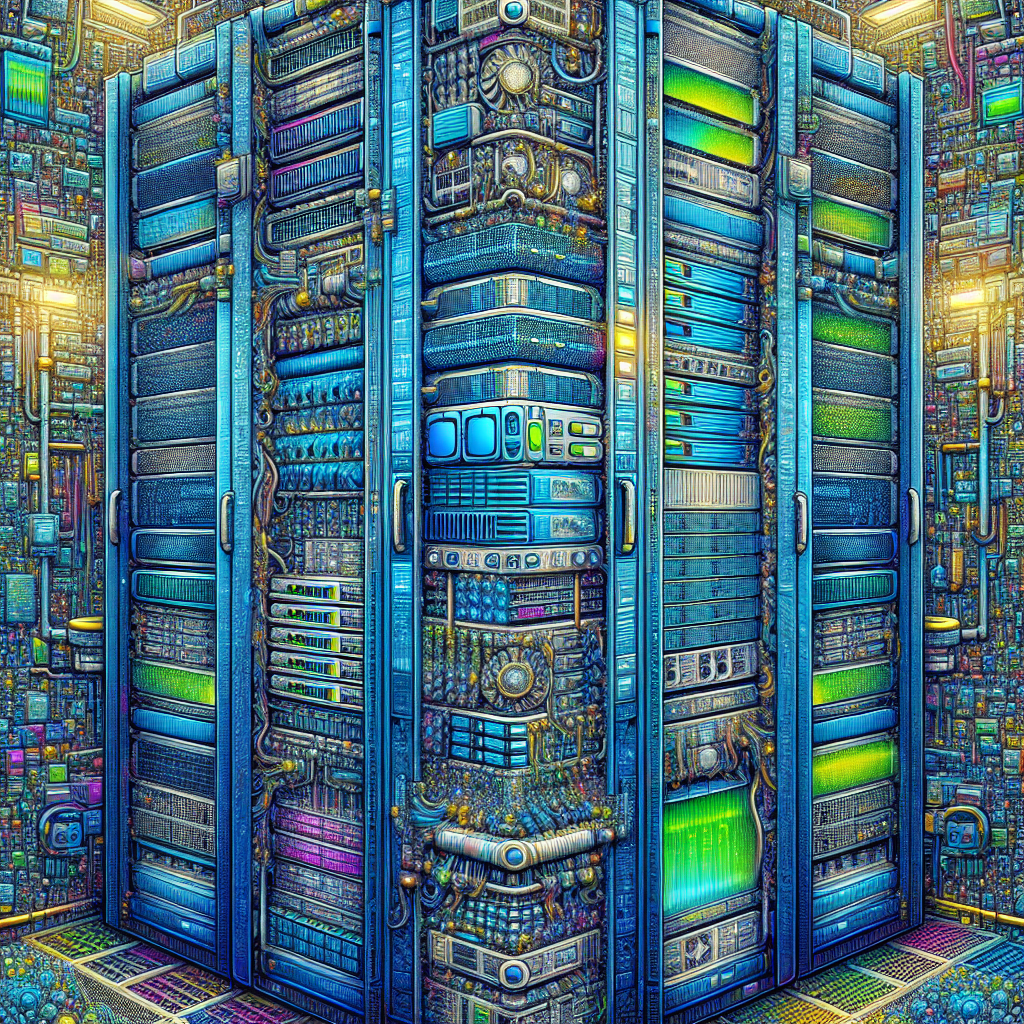Your cart is currently empty!
Choosing the Right Cooling Solutions for Your Data Center: A Comprehensive Guide

Data centers are essential for storing and processing vast amounts of data in our digital world. With the increasing demand for data storage and processing capabilities, it is crucial for data center operators to choose the right cooling solutions to ensure optimal performance and efficiency.
There are several factors to consider when selecting cooling solutions for a data center, including the size of the data center, the heat load generated by the equipment, and the cooling requirements of the equipment. In this comprehensive guide, we will discuss the different types of cooling solutions available for data centers and provide tips for choosing the right one for your needs.
1. Air Conditioning Units (ACUs): Air conditioning units are a common cooling solution for data centers. They work by cooling the air in the data center and removing heat generated by the equipment. ACUs come in various sizes and capacities, so it is important to choose a unit that can effectively cool the entire data center.
2. Computer Room Air Conditioning (CRAC) Units: CRAC units are specifically designed for data centers and provide precise temperature and humidity control. They are usually placed in the raised floor or ceiling of the data center to distribute cool air effectively. CRAC units are ideal for data centers with high heat loads and strict cooling requirements.
3. In-row Cooling Units: In-row cooling units are placed directly next to the server racks to provide targeted cooling to the equipment. These units are more energy-efficient than traditional cooling solutions, as they only cool the areas that need it. In-row cooling units are ideal for data centers with high-density server racks.
4. Liquid Cooling Systems: Liquid cooling systems use water or other cooling fluids to remove heat from the equipment. These systems are highly efficient and can provide precise temperature control. Liquid cooling systems are ideal for data centers with high heat loads and limited space for traditional cooling solutions.
5. Free Cooling Systems: Free cooling systems use outside air to cool the data center, reducing energy consumption and operating costs. These systems are ideal for data centers located in colder climates or regions with low humidity levels. Free cooling systems can be combined with other cooling solutions for optimal efficiency.
When choosing a cooling solution for your data center, consider the size of the data center, the heat load generated by the equipment, and your cooling requirements. It is also important to consider energy efficiency, scalability, and maintenance requirements when selecting a cooling solution.
In conclusion, choosing the right cooling solution for your data center is essential for ensuring optimal performance and efficiency. By considering the factors mentioned above and exploring the different types of cooling solutions available, you can select a solution that meets your needs and helps you maintain a reliable and efficient data center.

Leave a Reply